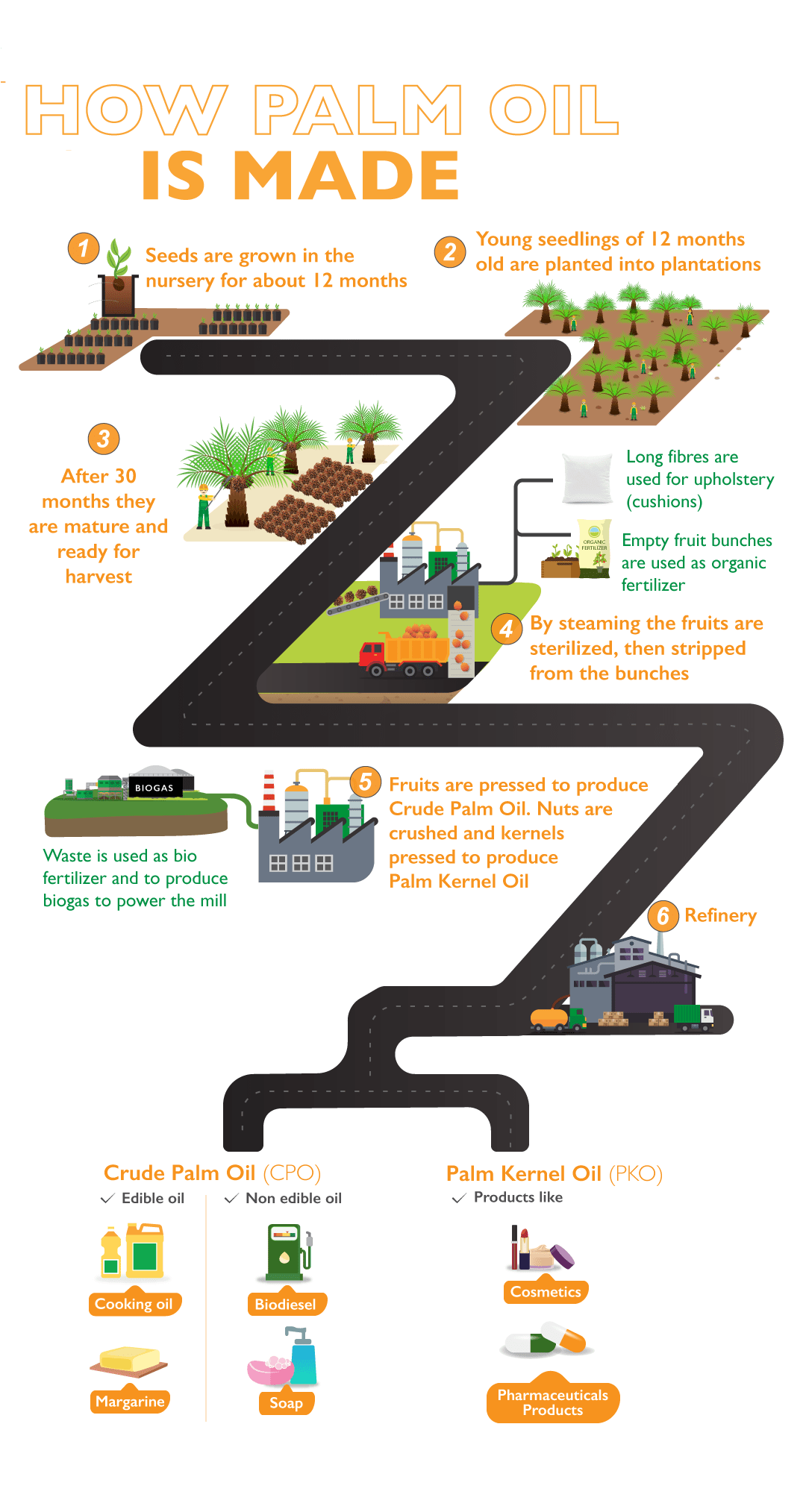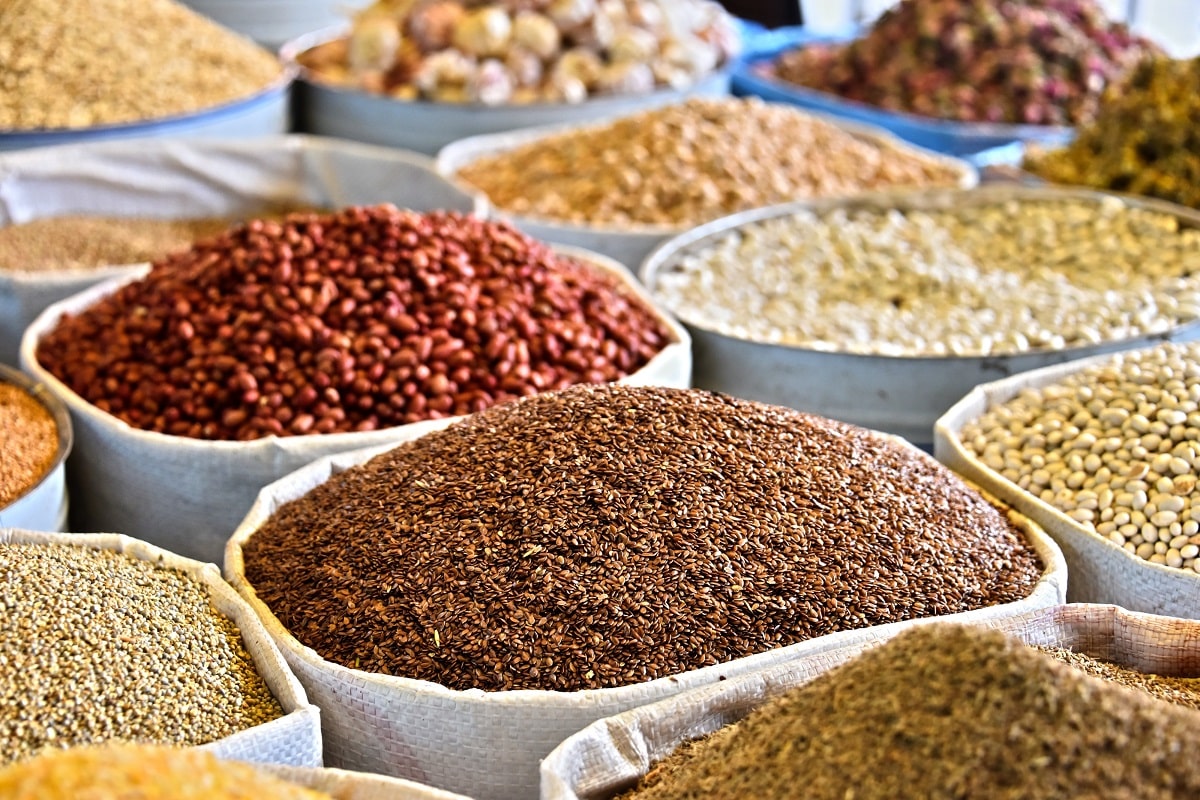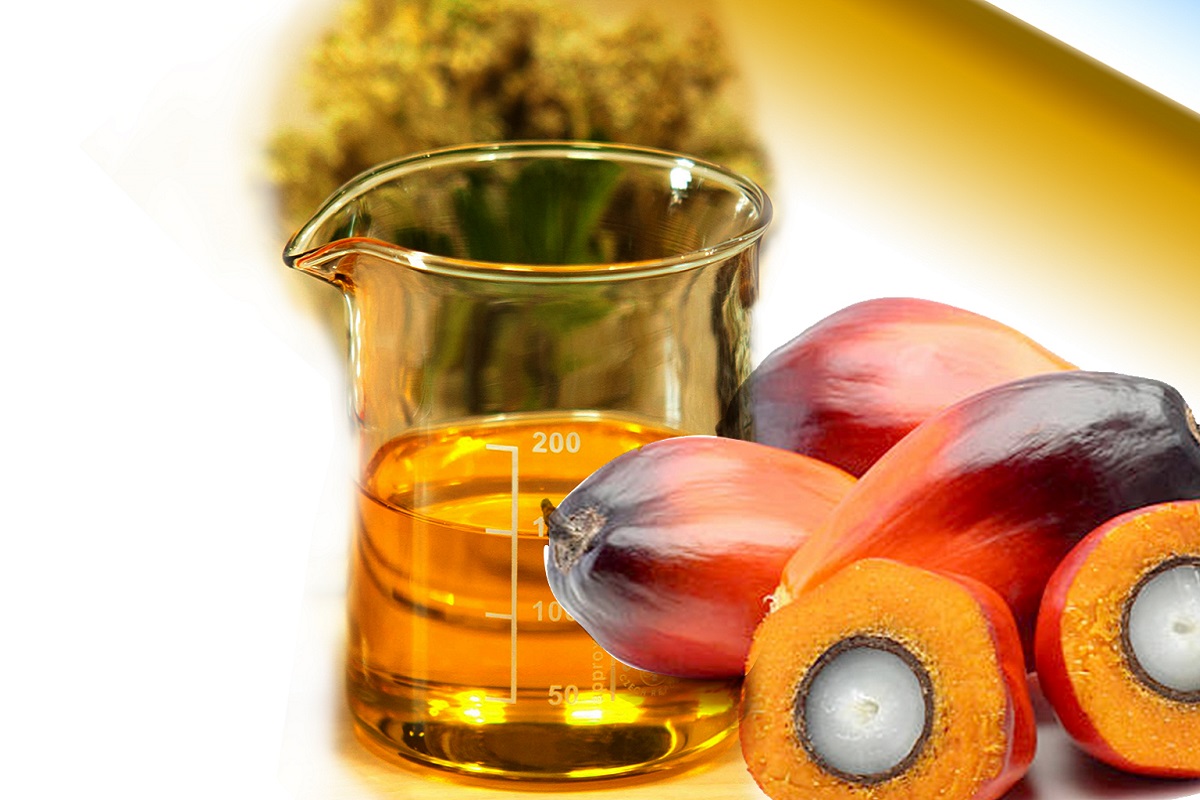Nigeria: Residents Groan As Prices of Commodities Skyrocket in Kano
Definition of ‘Crude Palm Oil’
Definition: Palm oil is an edible oil that is extracted from the pulp of the fruit of oil palms. The color of the pulp is red. That’s why crude palm oil is naturally similar to pulp color because of high inactive vitamin A content. It is different from kernel oil or coconut oil. Commonly it is combined or mixed with coconut oil to make highly saturated vegetable fat, which is also used for cooking purposes.
Description: The main usage of CPO is for cooking purposes and is largely used in South-East Asia, West Africa, and some parts of Brazil. Commercial kitchens use it due to its low cost. It’s not as healthy as its counterparts due to the high content of saturated fats. The largest producer of CPO is Indonesia, Malaysia, Nigeria, and Columbia. They are major exporters of palm oil. It is also used for making biodiesel and one of its by-products is Glycerin.
But how is palm oil made? Palm oil production begins with palm oil seeds. As oil palms have a productive life of 25-30 years, the choice of seeds will impact production for decades to come. After many years of research, some seeds produce higher yields and are more resistant to pests than regular oil palms, increasing the productivity of oil palm plantations.
Urban world: The global consumers to watch
Dramatic demographic shifts are transforming the world’s consumer landscape. Our new research finds just three groups of consumers are set to generate half of global urban consumption growth from 2015 to 2030.
Until the turn of this century, population growth generated more than half of all global consumption. But between 2015 and 2030, three-quarters of global consumption growth will be driven by individuals spending more. This shift has profound implications for companies. What’s now important are emerging demographics: the latest report from the McKinsey Global Institute (MGI) finds that nine groups will generate three-quarters of global urban consumption growth to 2030, and just three of these will generate half of consumption growth and have the power to reshape global consumer markets over the next 15 years.
The Disruption Conversation
Disruption. It may be the most overused—and misused—word in today’s business lexicon. (Grist.org’s report last year on “disruptive” mayonnaise says it all.)
The term also generates great passion. Steve Jobs said he was “deeply influenced” by the book that introduced the concept to the world: Clayton Christensen’s The Innovator’s Dilemma. Another prominent fan, Amazon CEO Jeff Bezos, requires his top executives to read the book.

